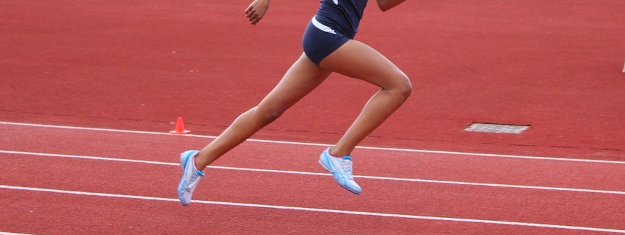Running efficiency is a much neglected element of running. We runners spend so much time trying to improve our speed and endurance but we tend to neglect this aspect – which is actually a very important element of running. With better running efficiency, we use less energy to run faster. Running more economically means you can run more efficiently with the energy you have – without the need to take a gel for more energy.
Here are 3 simple tips to help improve your running efficiency.
#1 Strength Train
Strength training is very important. The longer you are into a run, your form starts to falter . Strength training helps prevent this faltering form. A strong core helps keep your body upright. Strong gluteus muscles help prevent imbalances in the hip joints. The key is to ensure your muscles and joints are strong to prevent your form from faltering especially in the later stages of a race when your body starts to tire.

Plank to get a strong core. Do squats and lunges to get strong quads. Do clams to get strong hips. Do bridges to get strong hamstrings. Do pushups to get a strong upper body. Remember upper body strength is also important to help keep our body upright whilst running.
#2 Explosive Workouts
Explosive strengthening workouts known as plyometrics will help boost strength and speed. This helps improve the elasticity of muscles. The explosive nature helps build power in your legs. This also gets your heart pumping at the same time.
Incorporate some squat jumps and burpees into your routine. You can also incorporate bounding into your routine and even power skipping. These exercises will help you build power and give you a great cardiovascular workout at the same time. You can start with doing these exercise for 20 seconds and resting 10 seconds in between each set. Repeat for 8 sets and you would have done a really tough workout.
#3 Focus On Your Stride
Stride rate is the number of steps you take in a minute. The goal is to hit 180 strides per minute. You want to spend your energy pushing forward, not upwards. If your stride rate is less than 180, it is likely that your energy is being used to propel yourself upwards instead of forward. To work on this, invest in a metronome. Take shorter strides and increase your cadence gradually.

Remember, Rome wasn’t built in a day and so isn’t optimal running efficiency. Don’t rush it. If you go against your natural running form too sudden, you may end up injuring yourself instead. So remember, take it slow. Slow and steady wins the race!


